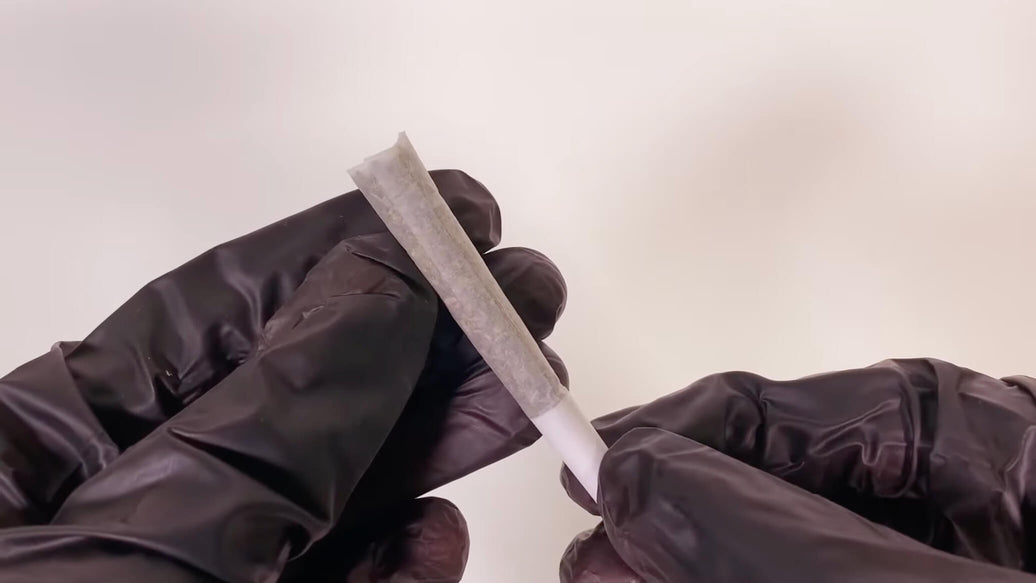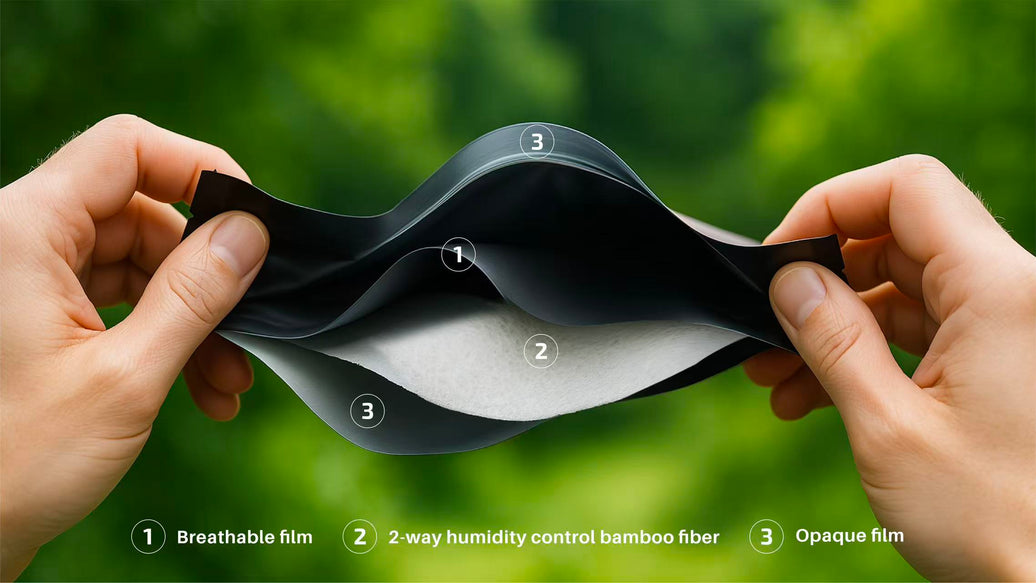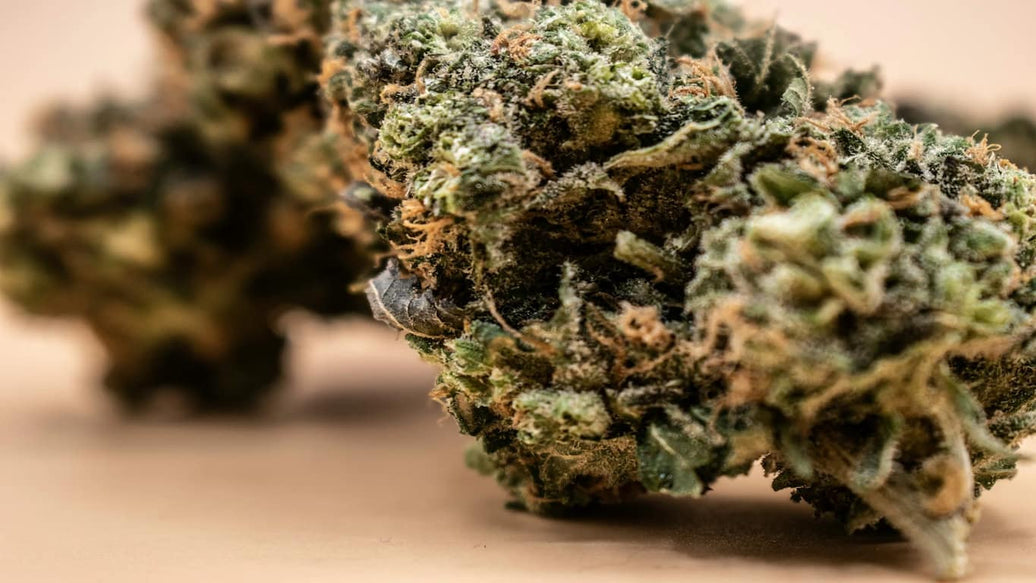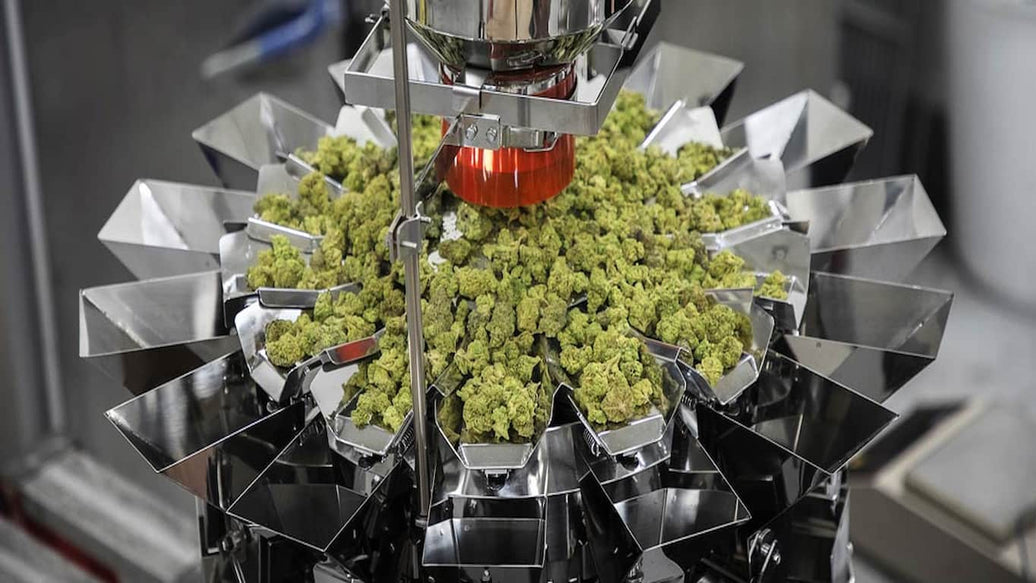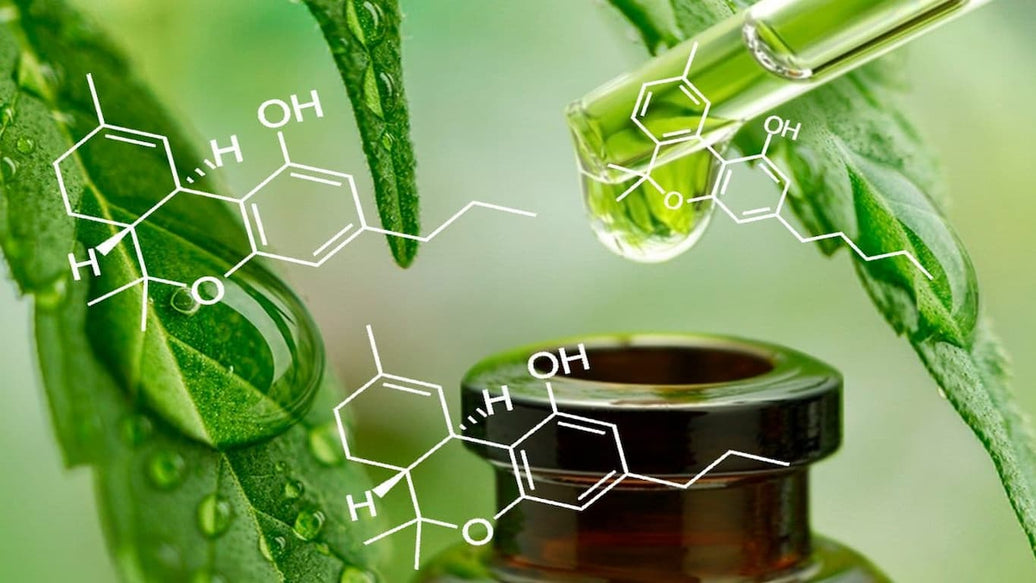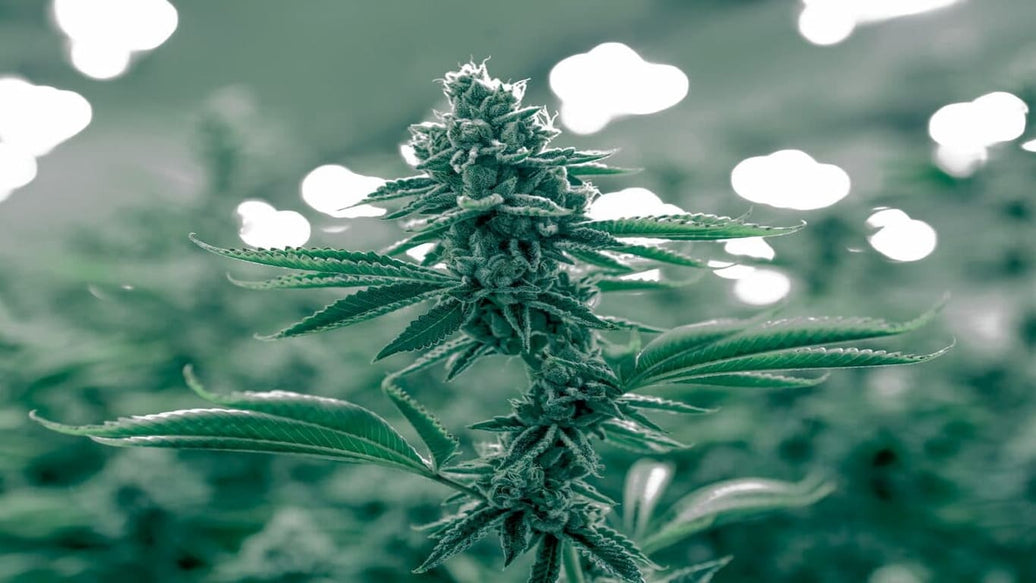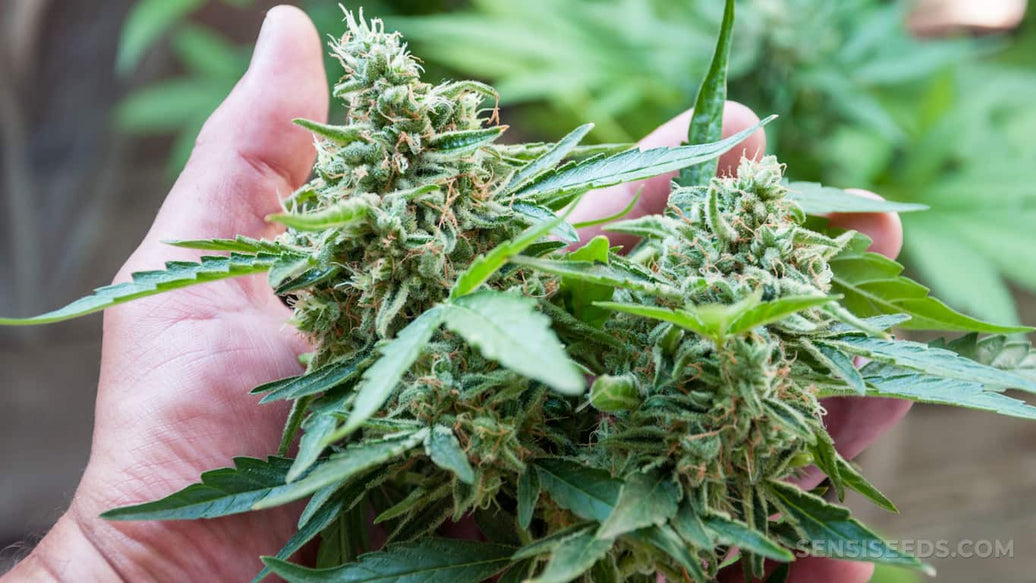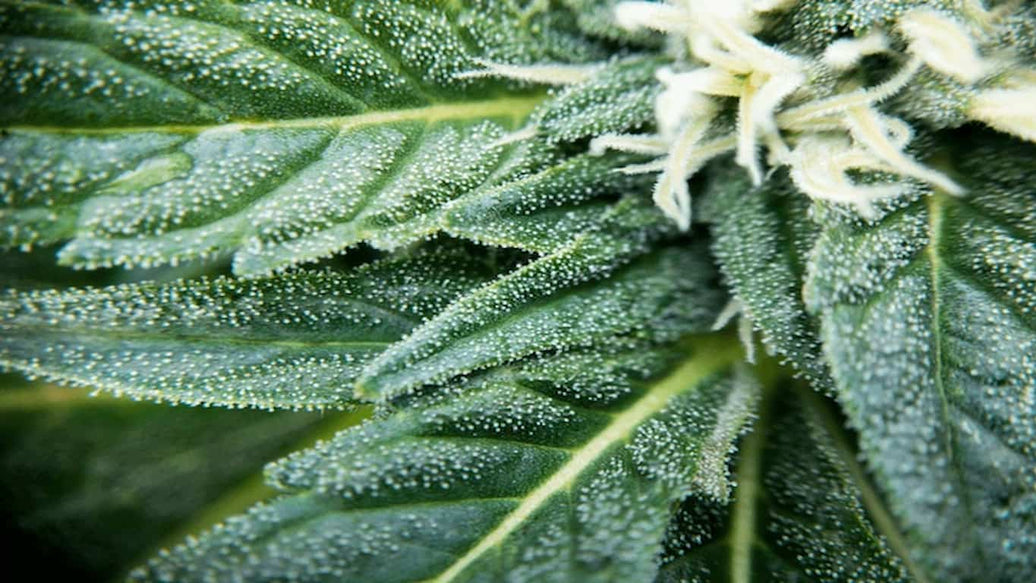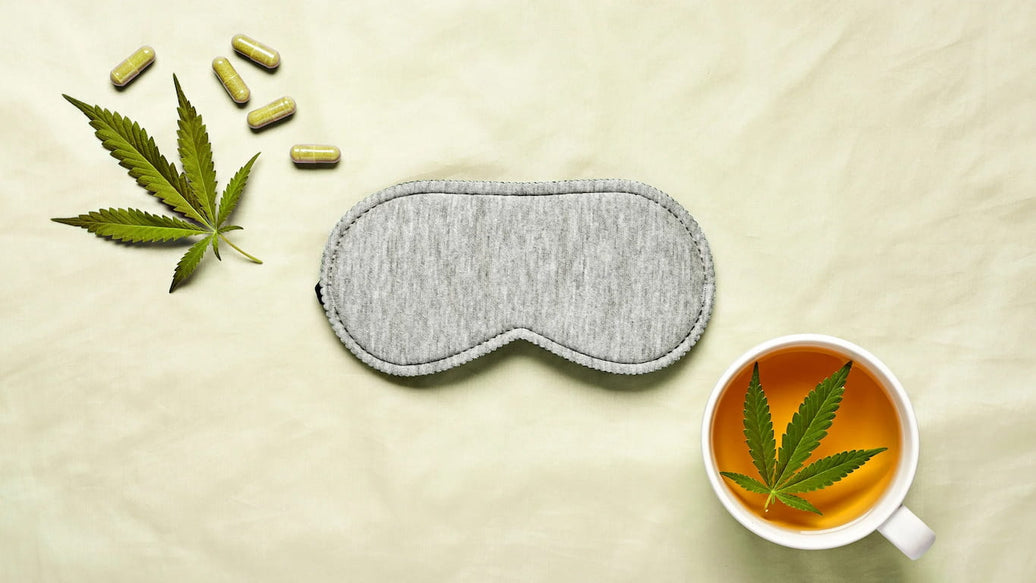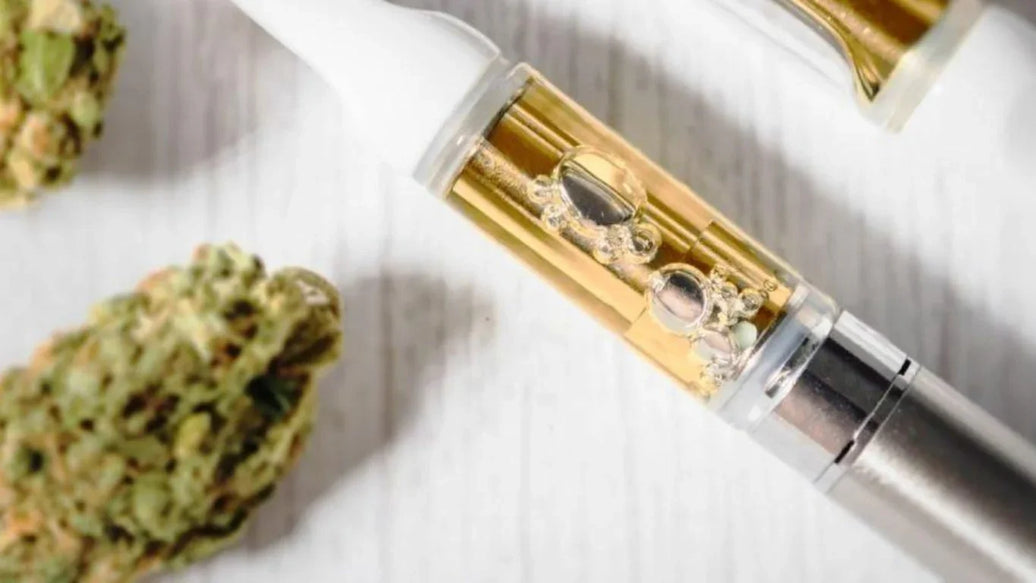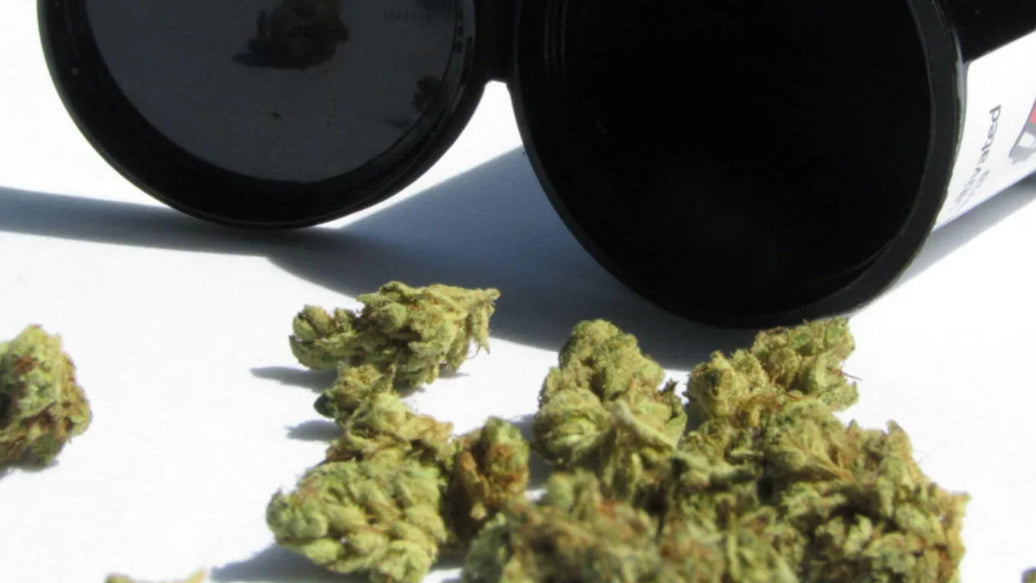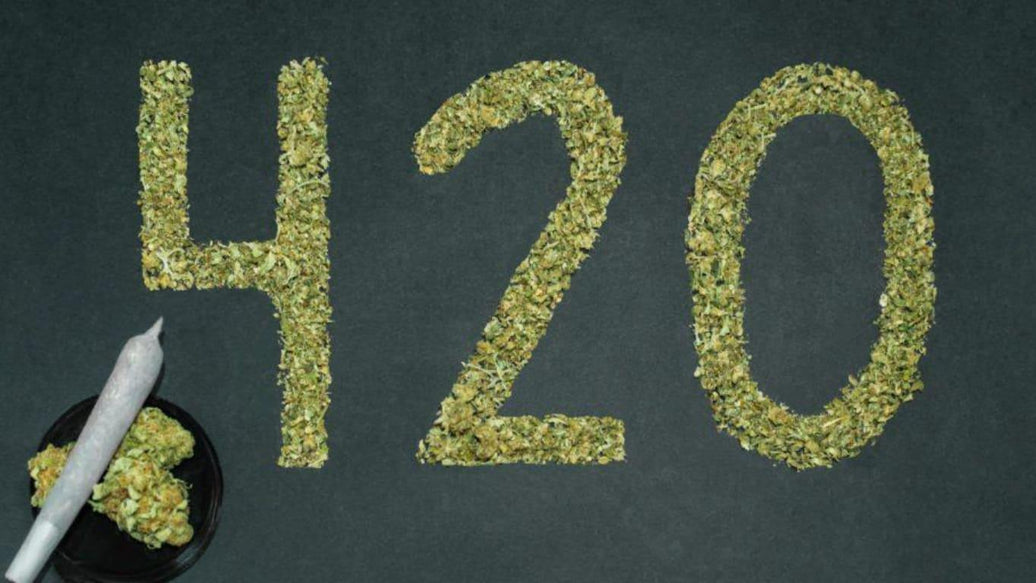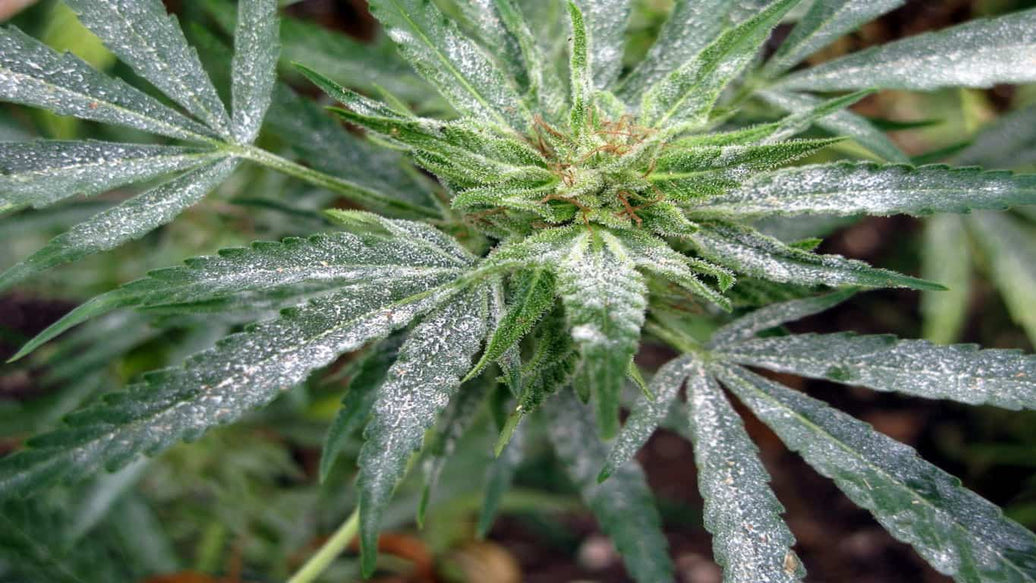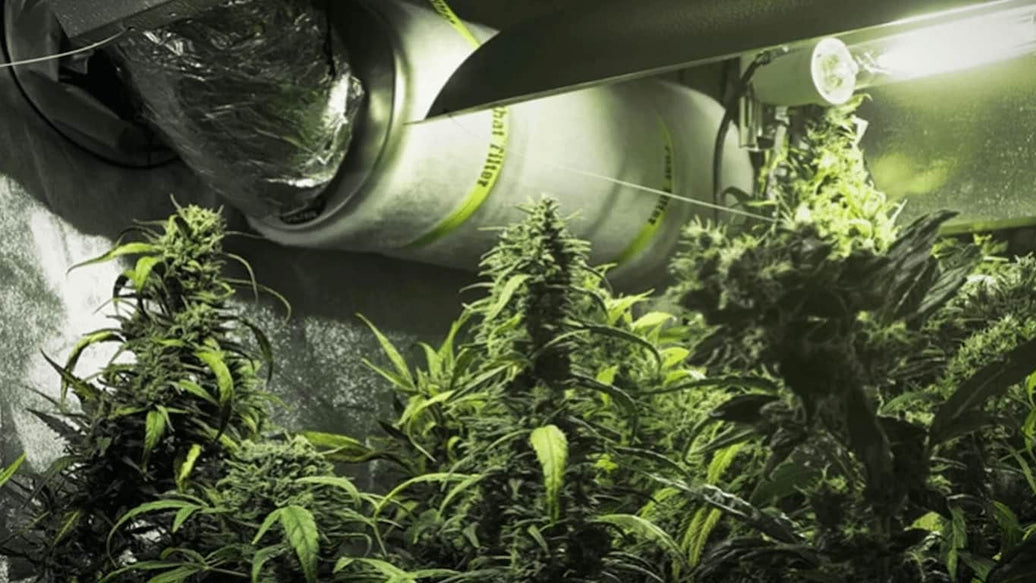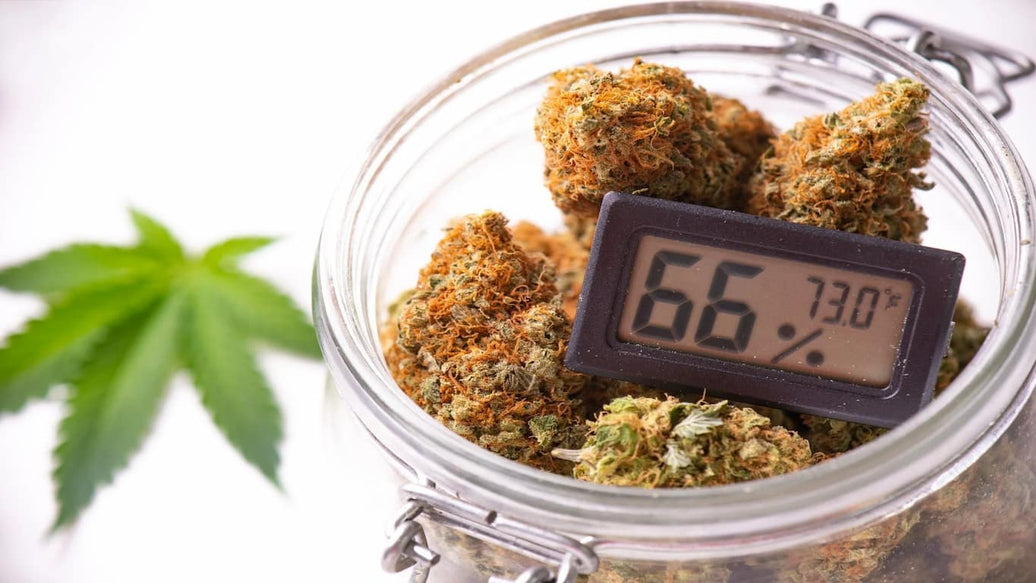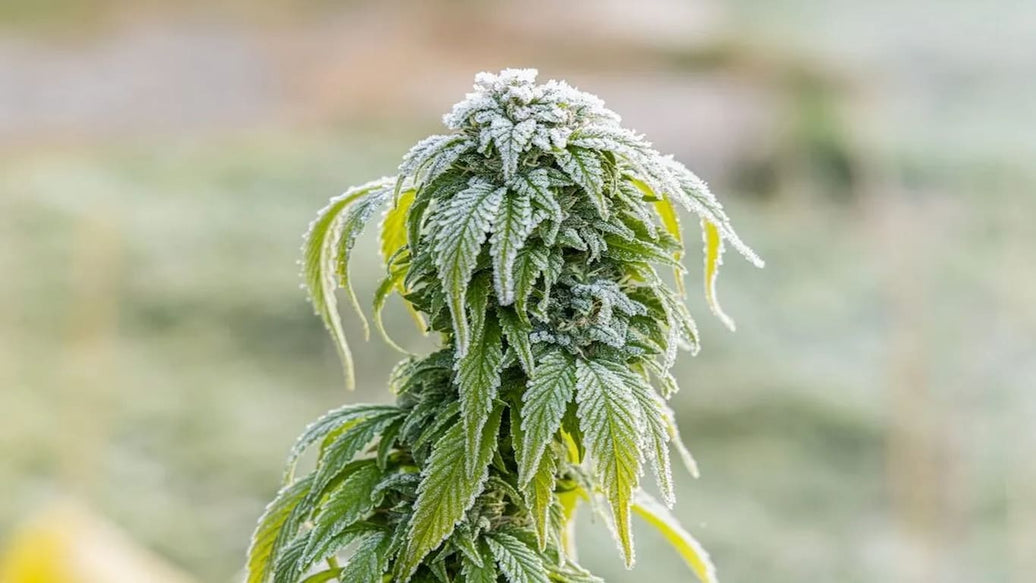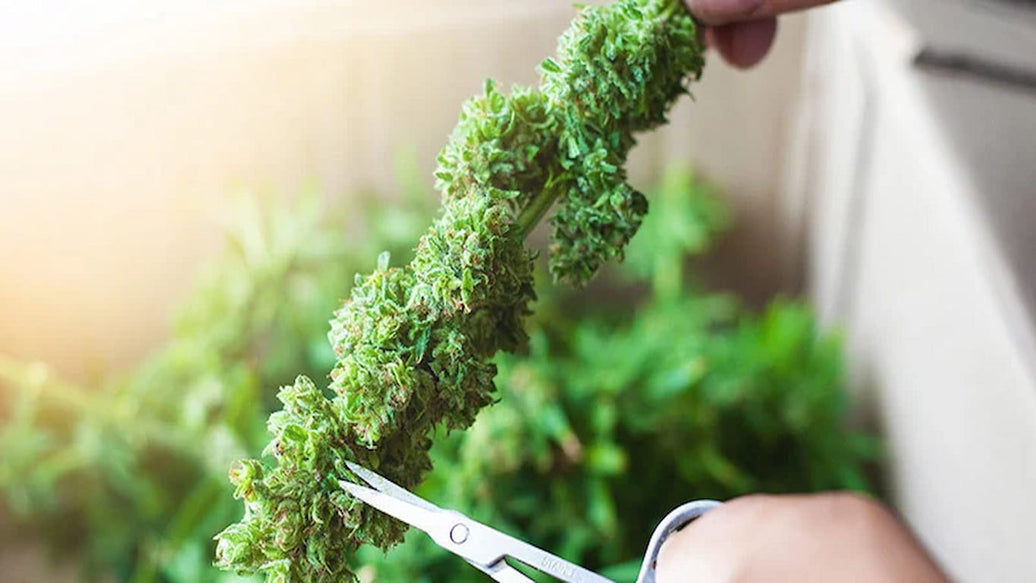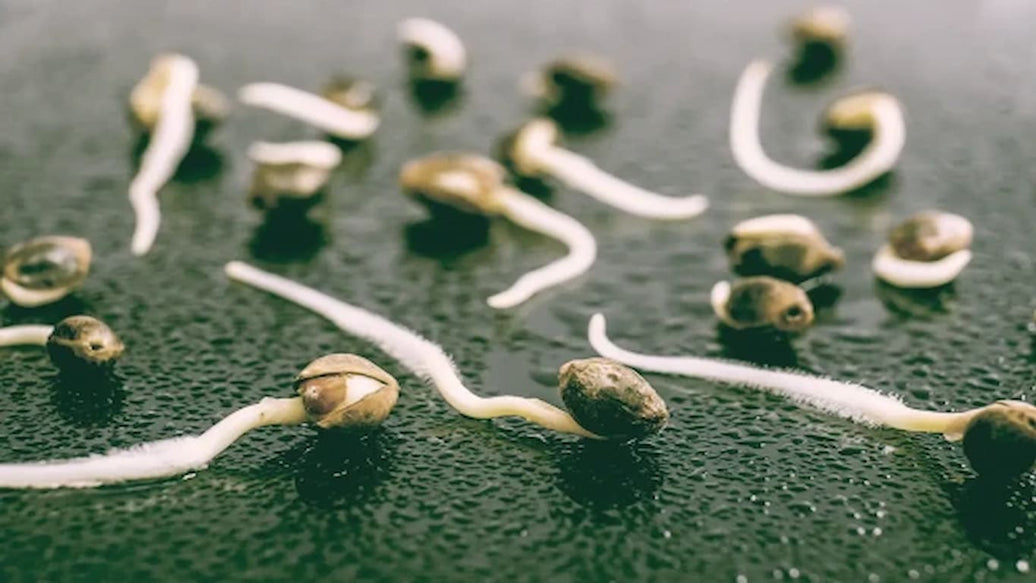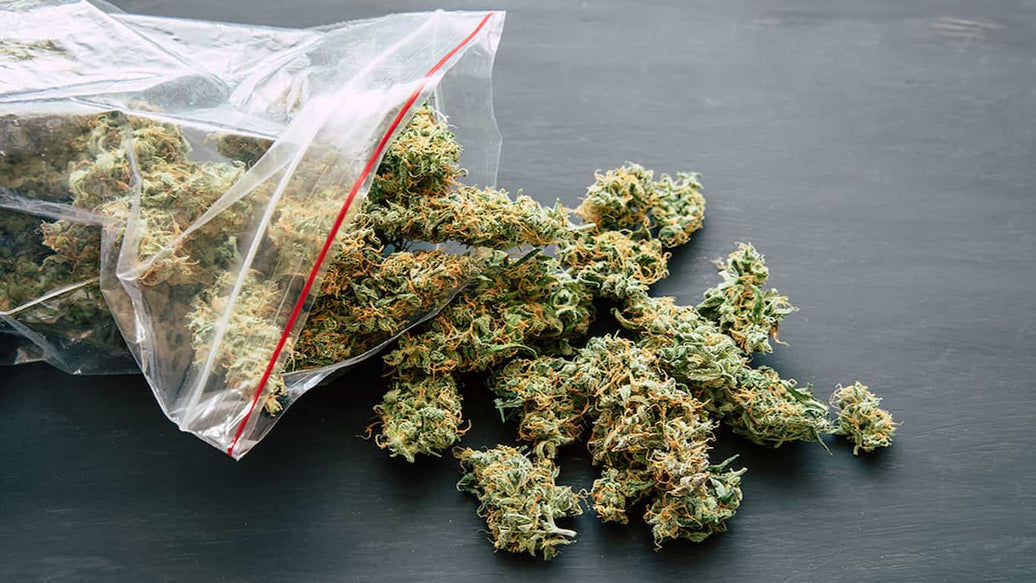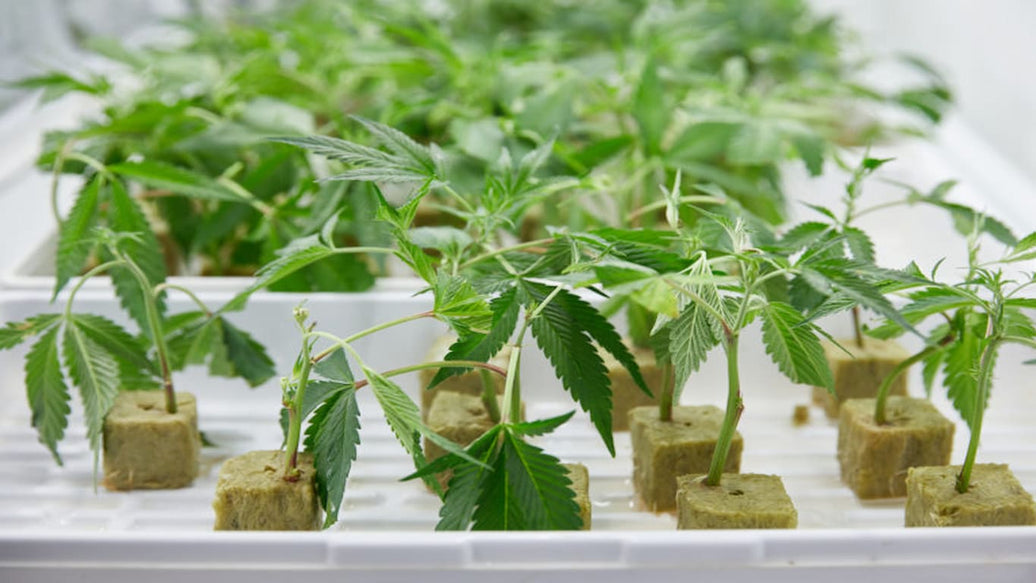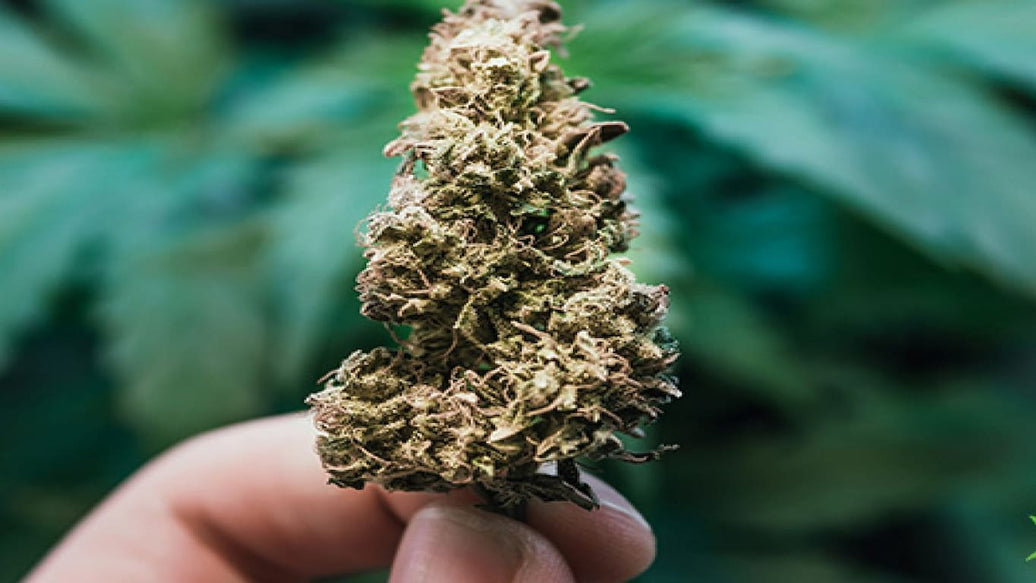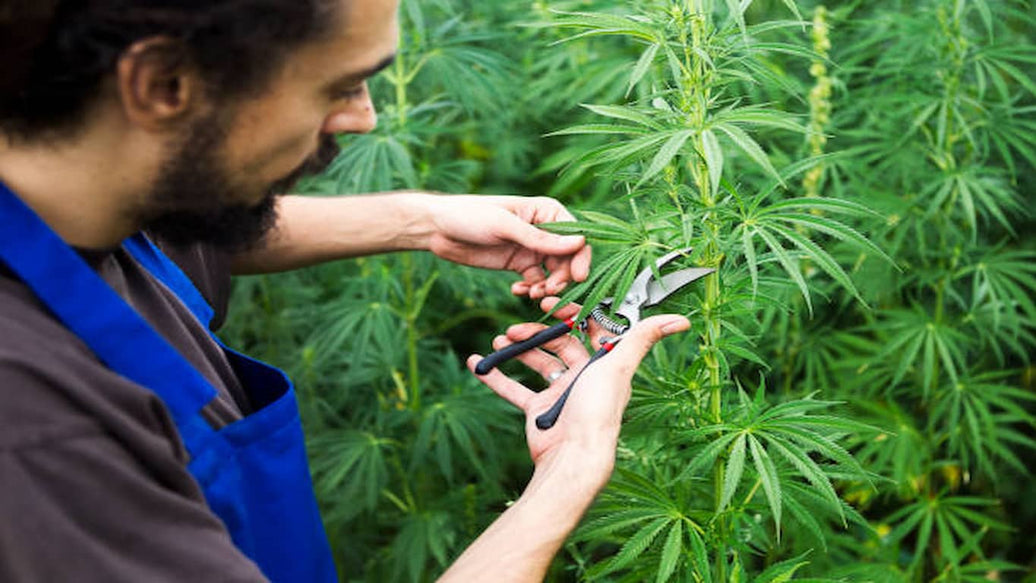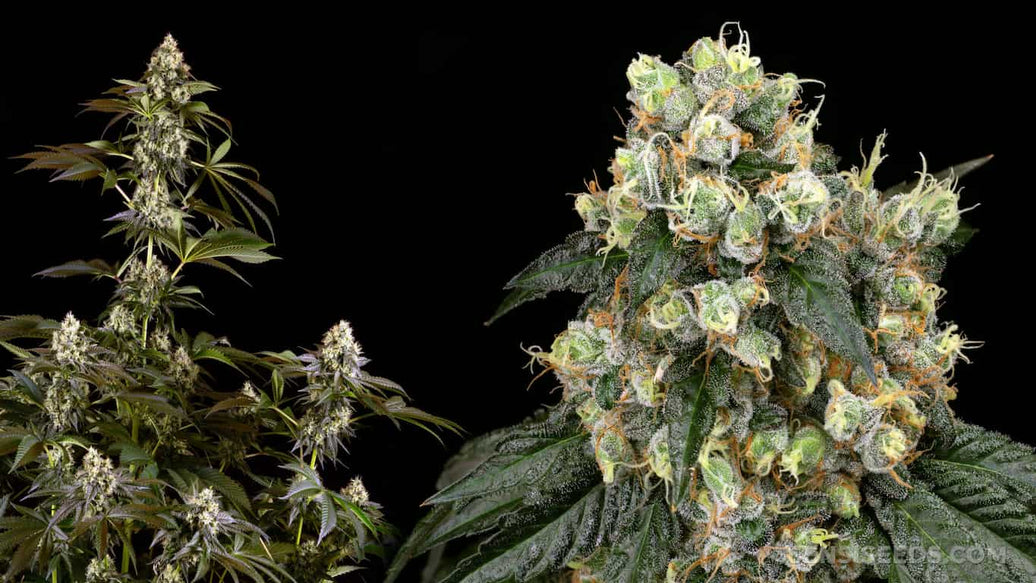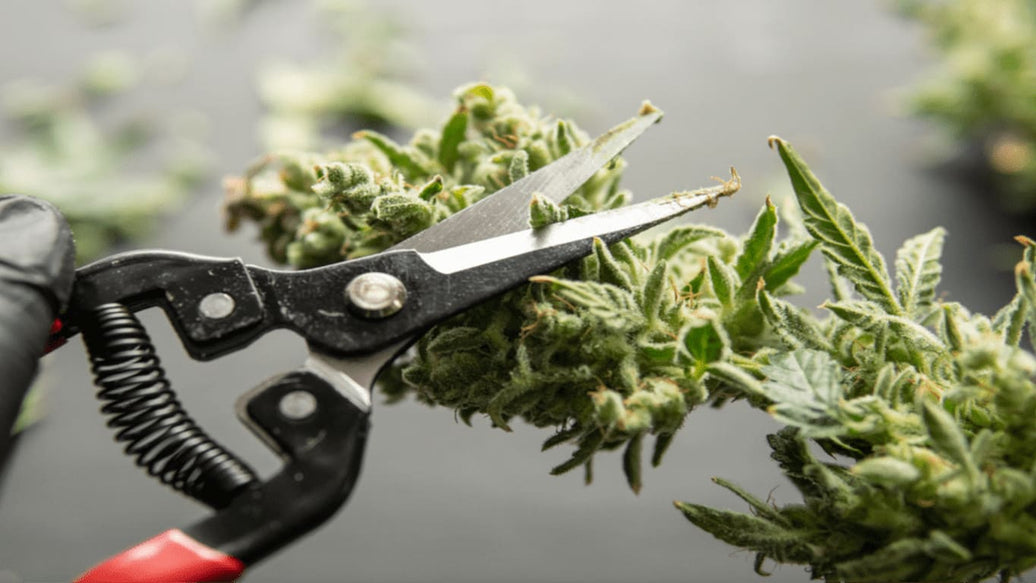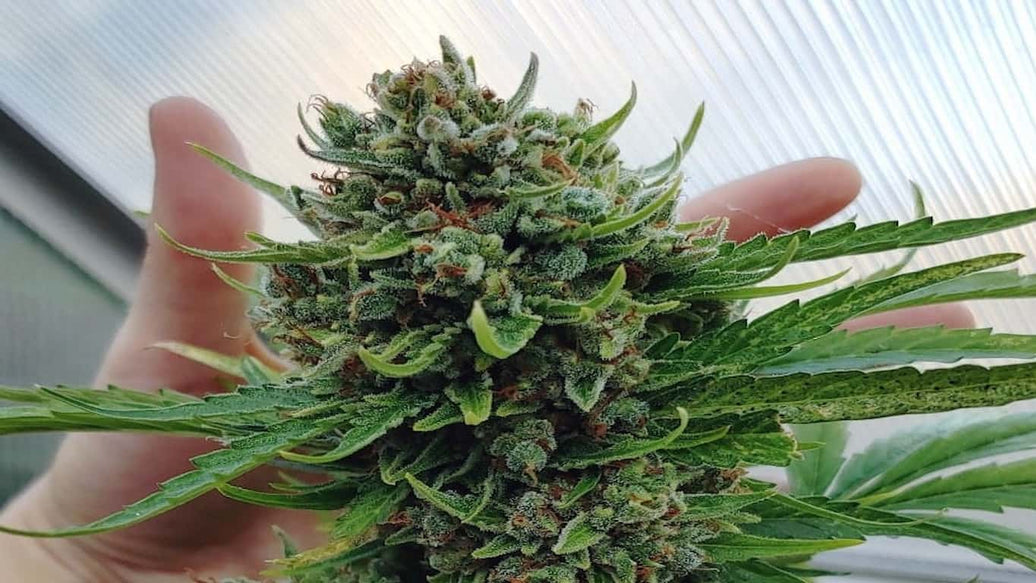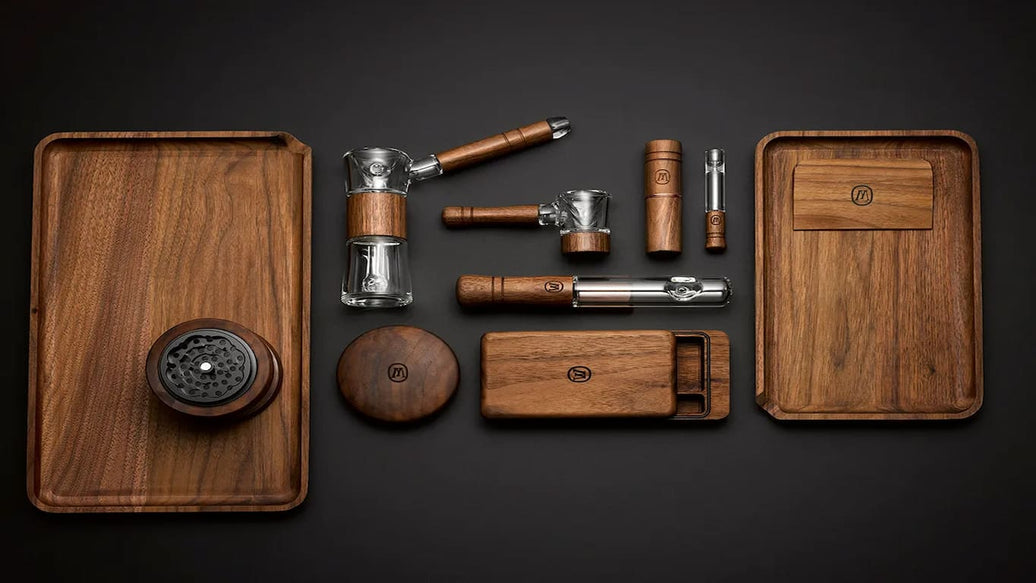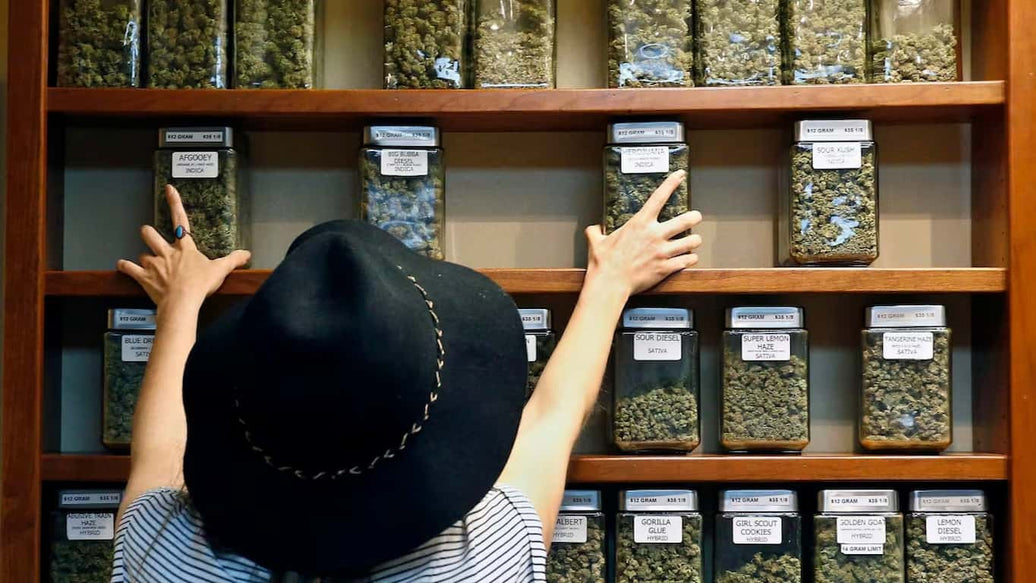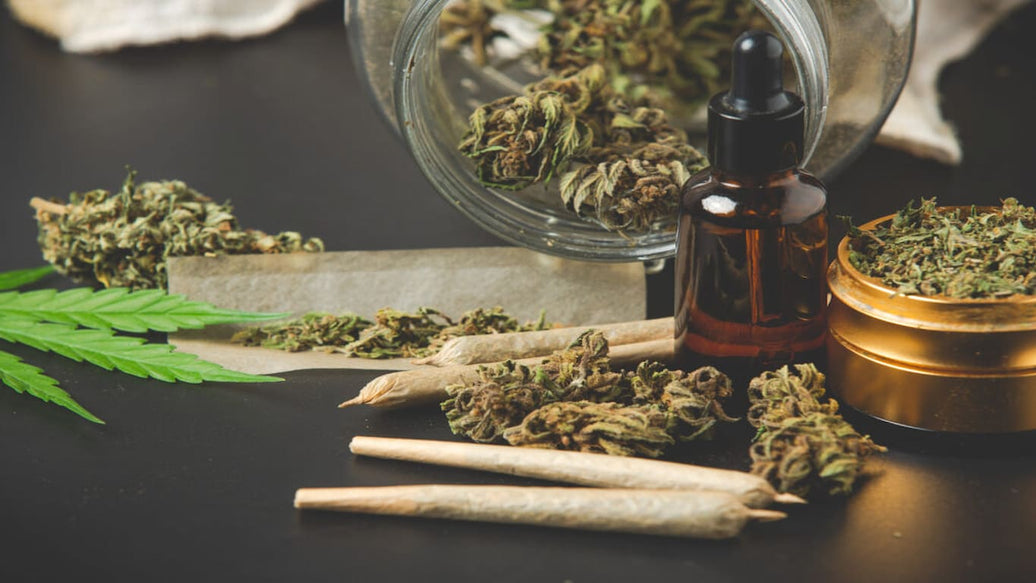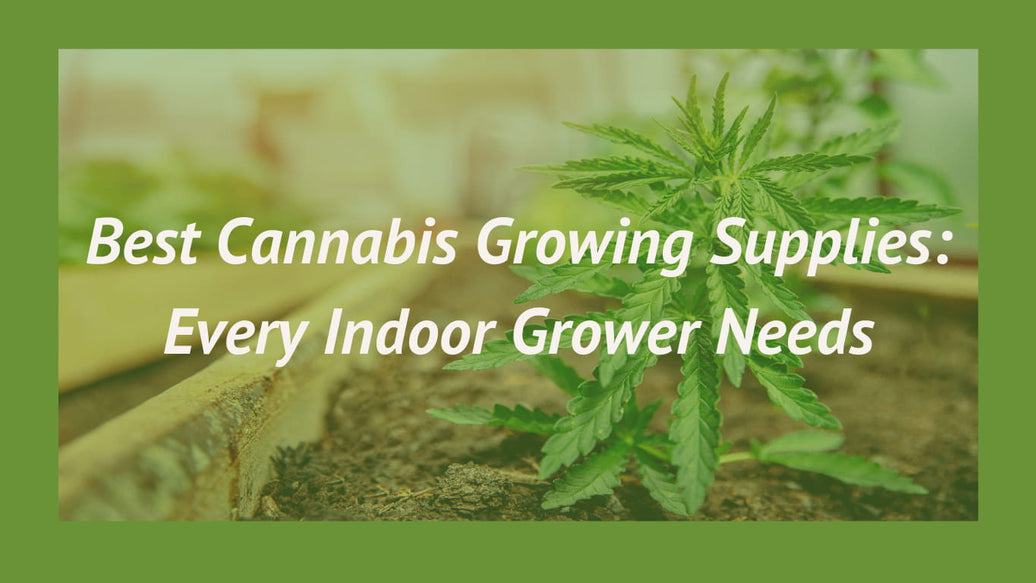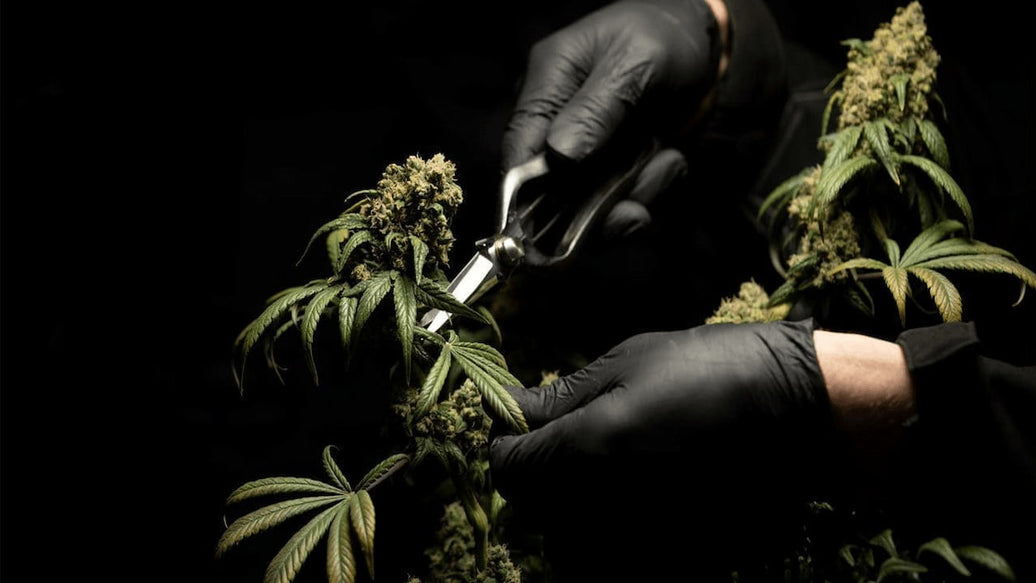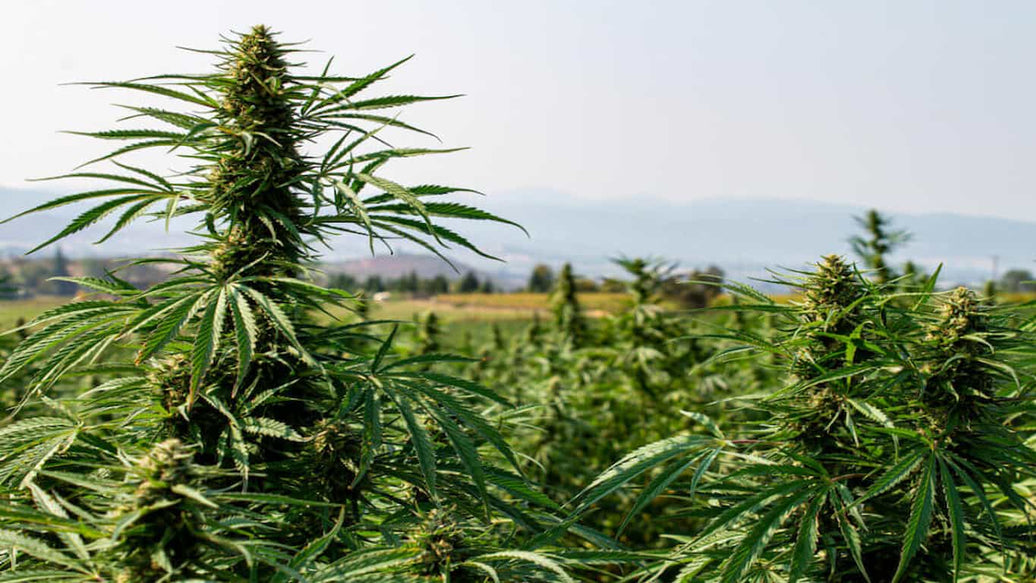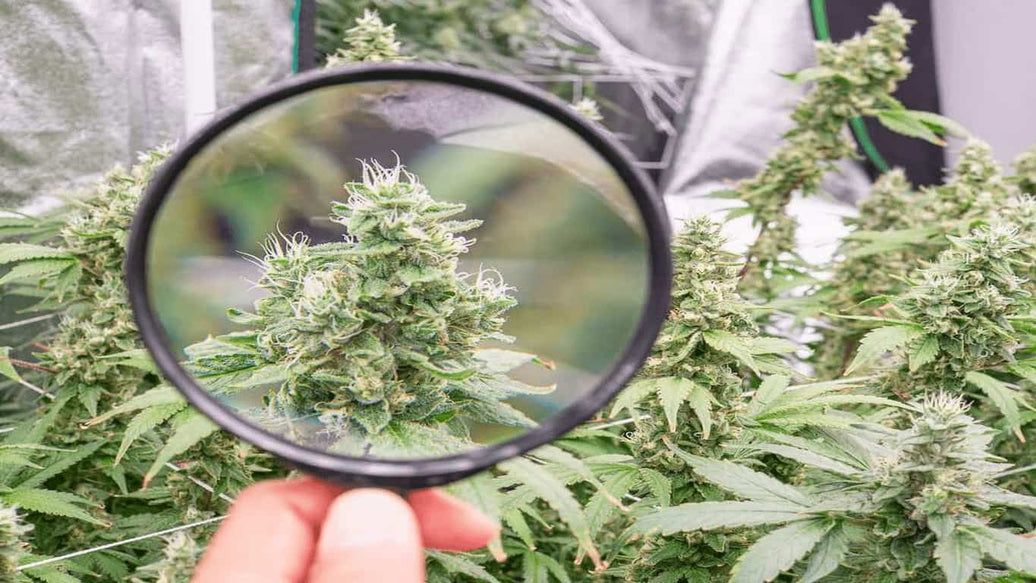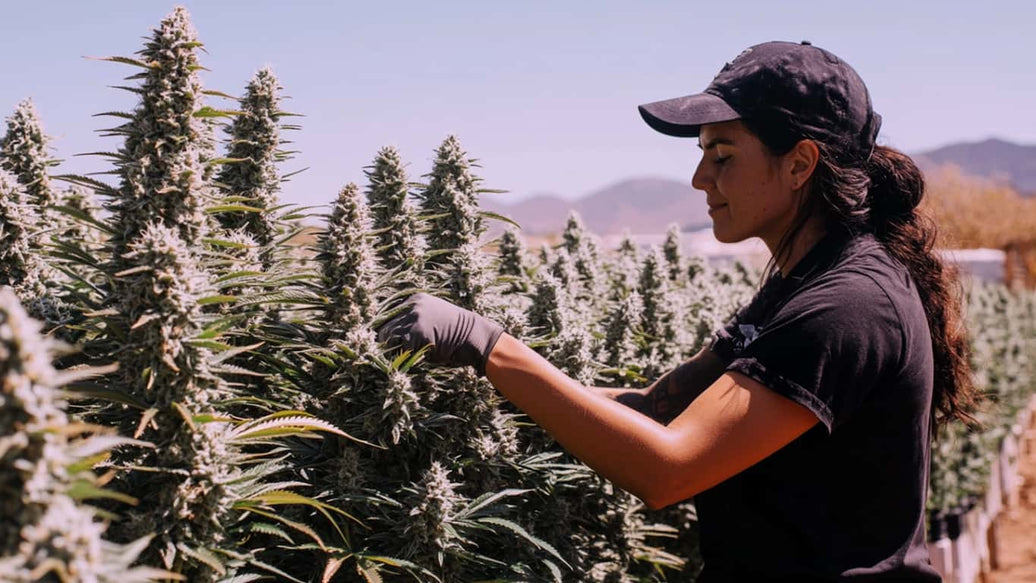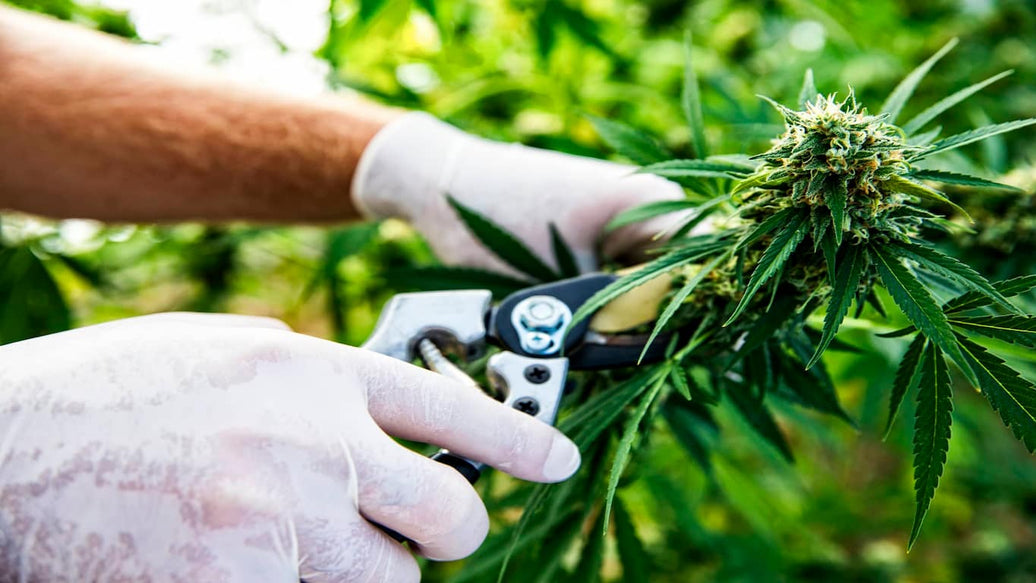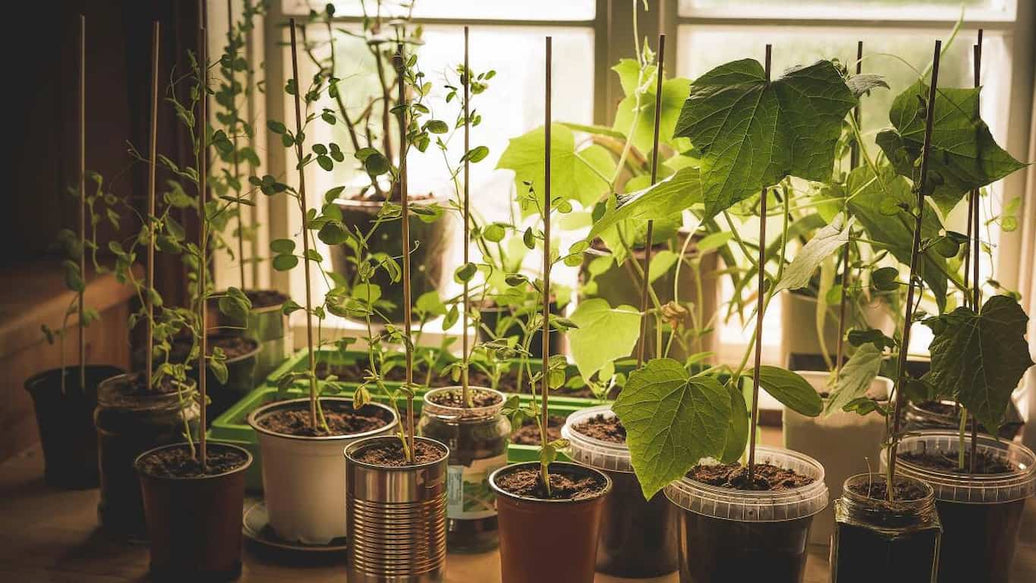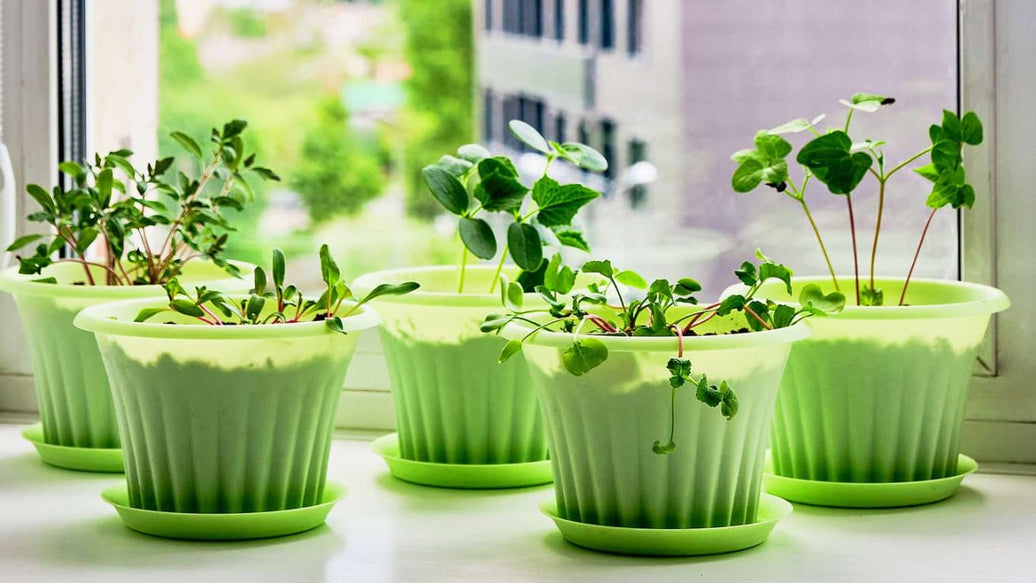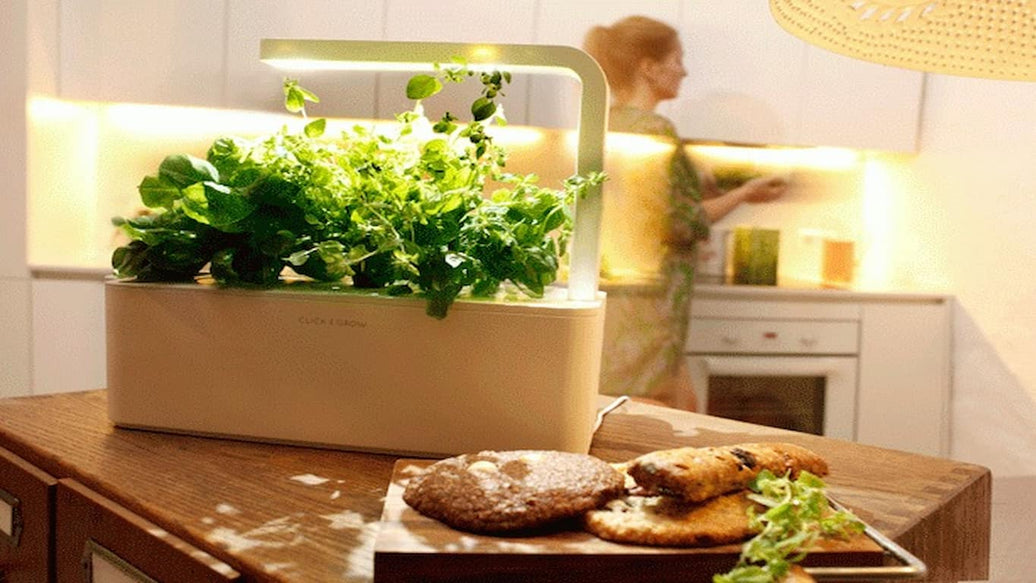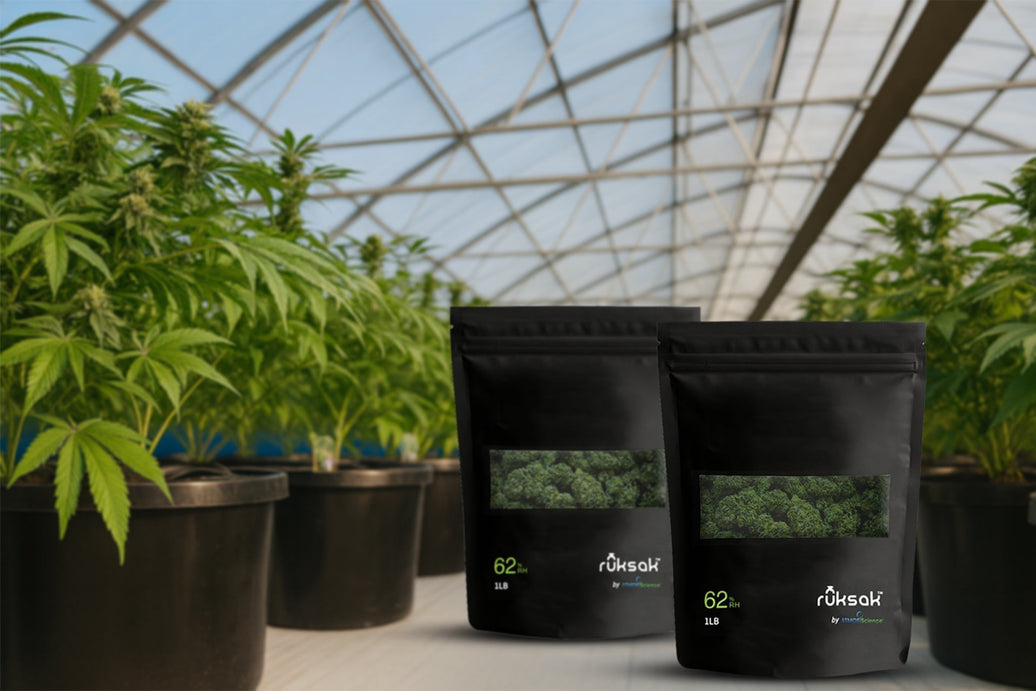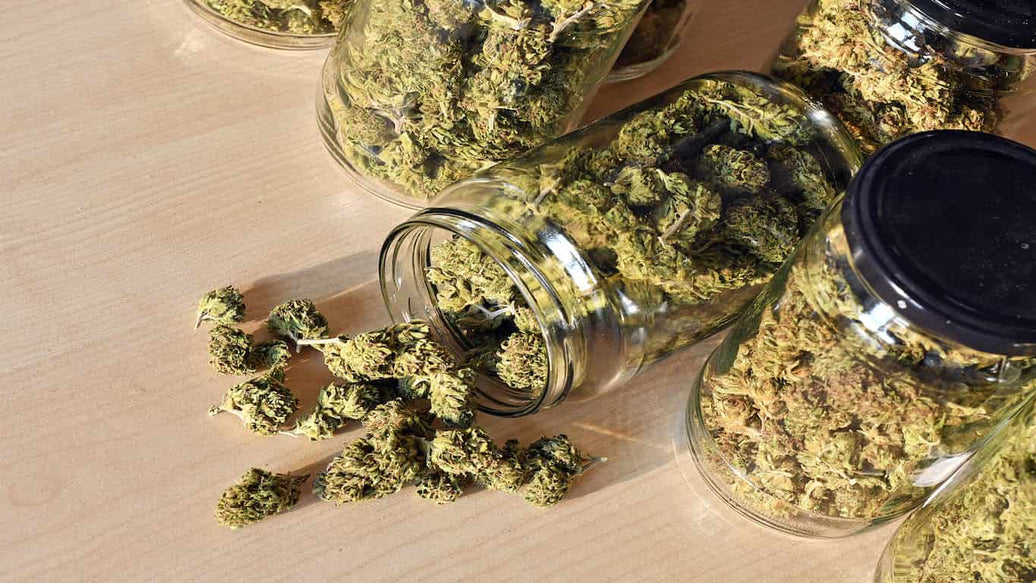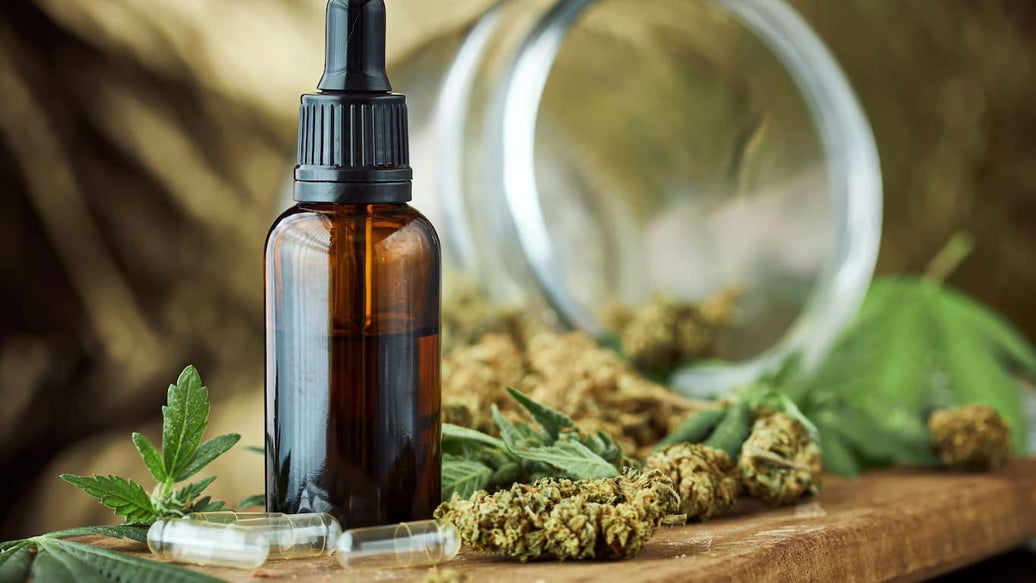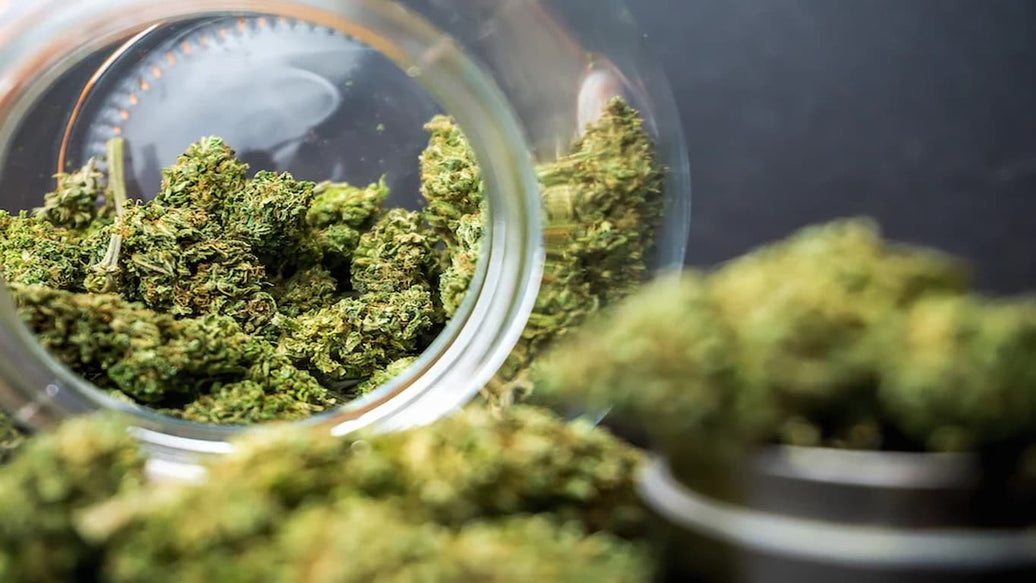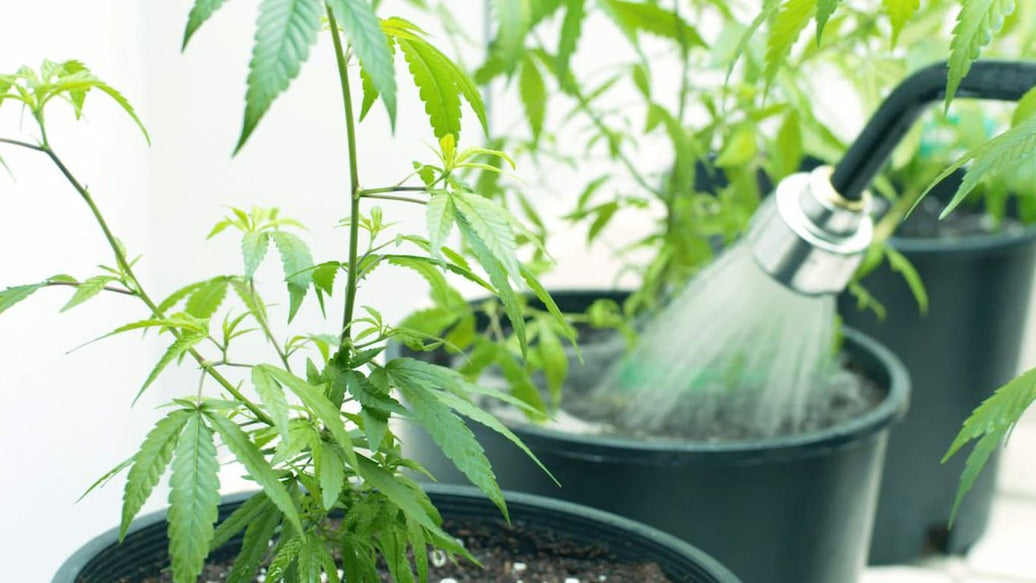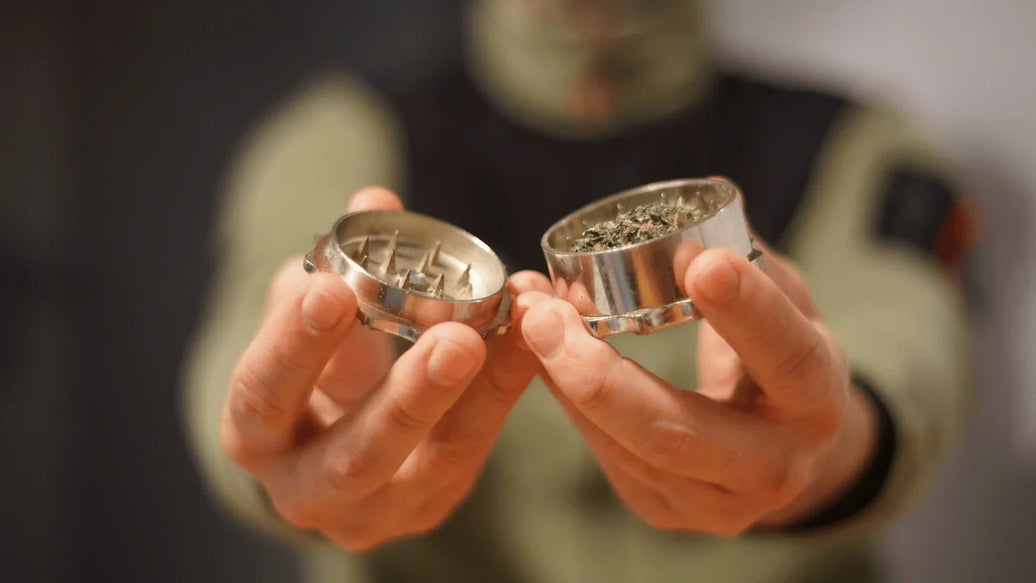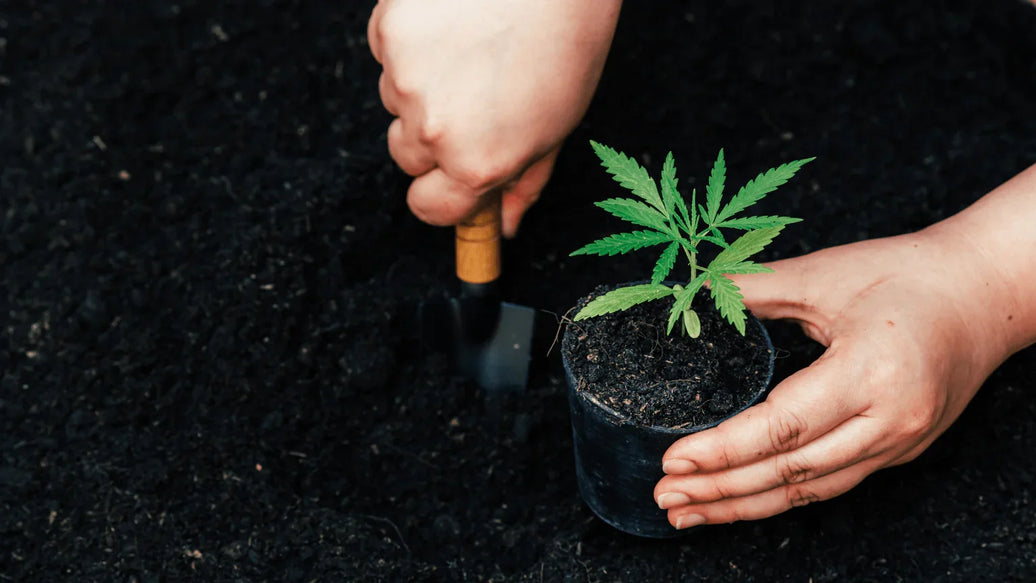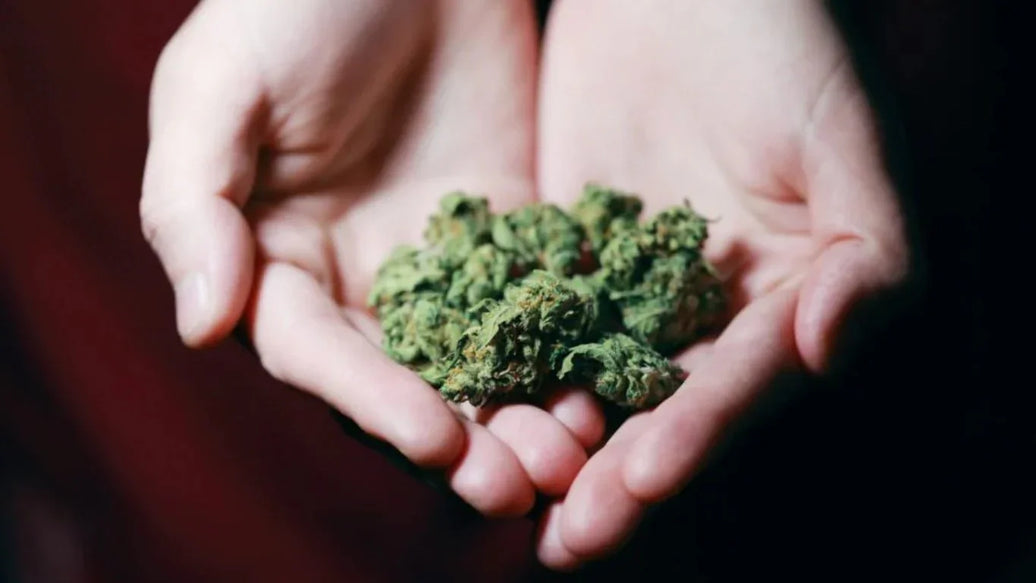With more people living in apartments and places without much outdoor space, starting an indoor potted herb garden or an indoor potted vegetable garden has become a popular way to grow fresh food year-round. These indoor setups help gardeners enjoy fresh herbs and vegetables despite limited outdoor gardening opportunities.
Choosing the right pot plays a huge part in how successful your indoor garden is. The pot doesn’t just hold soil - it controls water drainage, how much space roots get, airflow around the roots, and even soil temperature. This guide explains how the pot affects your plants and what you need to know to pick and care for it properly.

How plants grow in a pot indoors
Plants growing inside an indoor potted herb garden or indoor potted vegetable garden rely on conditions inside the pot to thrive. The limited space around the roots makes good water management, light exposure, and nutrients especially important.
Lighting for growth
Plants need the right kind of light to photosynthesize effectively. Blue light encourages leaves to grow leafy and dense - perfect for herbs. Red light helps with flowering and fruiting, which is important for vegetables. LED grow lights are very useful indoors because they provide just the right combination of light wavelengths to boost plant growth effectively.
Water and root space
The material and size of the pot influence how well water is retained and how much air gets to the roots. For example, terracotta pots are porous, so water evaporates quickly and roots get more oxygen, helping prevent root rot. Plastic pots hold more water but need to be monitored closely to avoid overwatering.

The space inside the pot also matters - plants in an indoor potted vegetable garden with cramped roots will grow slowly or poorly. A properly sized pot allows roots space to develop, which leads to healthier plants and better harvests.
Choosing the best pot for your indoor garden
When setting up your indoor garden, picking the right pot is the first big step.
Pot size
Smaller pots, about 6 to 8 inches deep, work well for herbs since their roots don’t grow deeply. Vegetables usually need bigger pots - around 12 inches or more - to hold their larger root systems comfortably.
If the pot is too small, roots get crowded and plants get stressed. If it’s too big, water can pool in the soil and cause root problems.
Pot types and what they mean for your plants
Each pot type holds or loses water differently:
- Plastic pots keep moisture longer and are lighter, which can help gardeners who might miss watering sometimes.
- Terracotta pots breathe well but dry out faster, which suits plants in an indoor potted herb garden that don’t like soggy roots.
- Ceramic or glazed pots hold moisture similarly to plastic but look nicer and are heavier.
- Fabric pots let air to roots and prevent root tangling but need regular watering since they dry quickly.

Why drainage is key
Good drainage holes in your pot prevent water from pooling and hurting roots. Adding small stones at the bottom of the pot can also boost drainage and keep roots healthy. This is important for both herbs and vegetables planting indoors.
Soil and growing medium tips for pots
The soil or mix inside the pot should be loose enough to allow air and water around roots but still hold moisture. Ingredients like compost, coconut coir, perlite, and vermiculite work well in indoor pots.
When using plastic pots that don’t dry out quickly, choose a mix that drains well so roots don’t sit in water. In terracotta pots, which dry faster, using a soil that holds some moisture helps plants stay hydrated longer.
It’s a good idea to refresh your soil or add fertilizer occasionally so your indoor potted herb garden and indoor potted vegetable garden keep getting the nutrients they need.

Lighting suggestions for your pot garden
Indoor light is often weak or uneven, so supplementing with LED grow lights is important for healthy plants. Place your pots close to windows, or under grow lights, and make sure light reaches all sides of the plants to help them grow evenly.
Using reflective materials around your pots or adjustable lights can prevent shadows and make sure every leaf gets light. Some gardeners use timers or light sensors to manage lighting and save energy.
Managing temperature and humidity near your pots
How warm the air and soil stay around your pots affects plant growth. Herbs like basil appreciate warmer and more humid environments, while many leafy vegetables prefer cooler temperatures.
Adding water trays or spraying a mist near your pots raises humidity, helping plants breathe and take nutrients better. Paying attention to these details makes your indoor potted herb garden and indoor potted vegetable garden much happier.
Best plants to grow in pots indoors
Picking plants that grow well in pots is important. Basil, for example, loves a small pot but needs regular feeding. Parsley prefers a deeper pot to spread its roots. Mint grows quickly and can take over if not planted in a pot that's big enough to contain it.
Compact vegetables like cherry tomatoes do well in medium-sized pots. Fast-growing greens like lettuce and spinach thrive in shallow but wide pots. Root vegetables like radishes require deep pots to allow their roots to develop properly.
Starting seeds and transplanting in pots

Starting seeds indoors usually involves peat pellets or small trays that maintain moisture. When seedlings develop, transplant them into larger pots carefully, keeping roots intact.
Give your pots enough space so plants don’t crowd each other. Good spacing helps with air flow and light access, reducing the chance of disease.
Watering and pest control in potted gardens
Watering needs to be balanced - too little or too much water harms plants. Drip irrigation or watering based on soil moisture sensors can help keep watering consistent.
Pests can still invade indoor plants even in pots. Introducing beneficial bugs and keeping pots clean prevents infestations naturally, without chemicals.
Harvesting and storing crops from your pots
Harvest herbs when their leaves smell strongest. Pick vegetables when they have reached the right color and firmness.
Storing your harvest in cool, slightly humid places keeps it fresher longer, letting you enjoy your indoor garden's bounty over time.

Final thoughts
The right pot is a key part of a successful indoor potted herb garden or indoor potted vegetable garden. It controls root health, moisture balance, and space, all essential to growing healthy, productive plants year-round.
Choosing well - for size, material, and drainage - and caring for your pots properly will help ensure fresh herbs and vegetables from inside your home, no matter the season.

